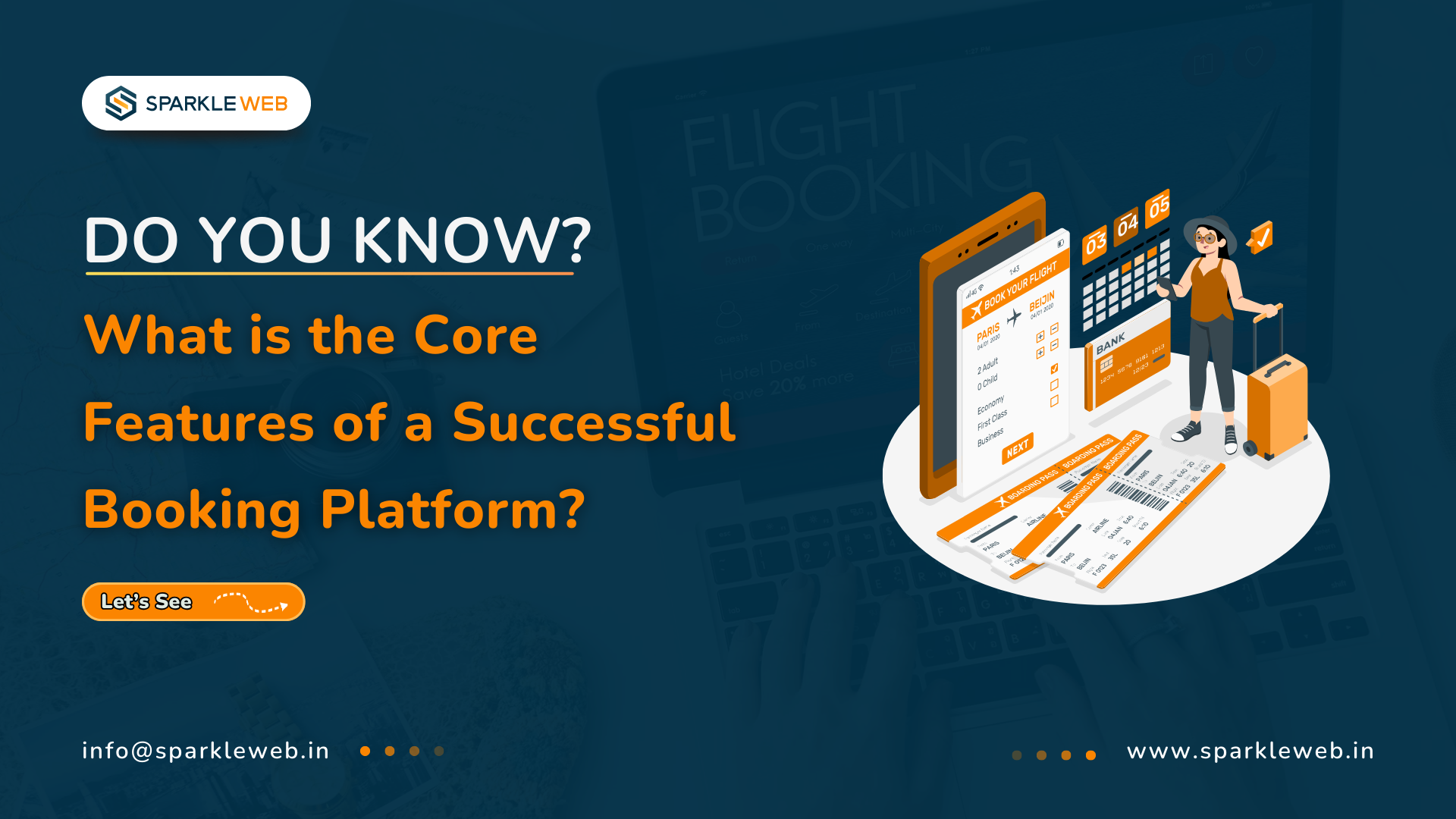1. Easy Search and Filtering
What Users Can Search For:
-
Dates: Users should be able to select specific dates or flexible date ranges.
-
Location: Flights can be searched by city or airport codes. Hotels can be found in a city, landmark, or a specific area.
- Price Range: A filter should help users find options that fit their budget.
- Preferences: Users should be able to filter results based on amenities, direct flights, room types, etc.
Example of a Good User Experience (UX):
-
A simple search bar where users can enter their travel details.
-
Filters to sort results by number of stops, flight duration, hotel ratings, and price.
2. Live Pricing and Availability
Key Features:
-
Dynamic Pricing: Prices update based on demand, time of booking, and availability.
-
Inventory Management: The system should show the real-time availability of flights and hotel rooms.
- API Integration: Connecting with GDS (Global Distribution System) and direct airline/hotel APIs ensures live updates.
3. Smooth Booking and Secure Payments
Important Features:
-
Clear Booking Details: Users should see all important information about their flights and hotels.
-
Multiple Payment Options:
-
-
Credit and debit cards
-
Digital wallets like Apple Pay, Google Pay
- UPI and other local payment methods
-
- Secure Payment Gateways: Ensure data protection and smooth transactions.
4. Personalization Using AI
How AI Helps:
-
Flight Recommendations: If a user frequently books flights to New York, the system can suggest flights to New York first.
-
Hotel Suggestions: The platform can suggest hotels based on past preferences, like proximity to business districts or tourist spots.
- Example: "Since you traveled to London last year, here are some great hotels for your next trip."
5. Reviews and Ratings
Why This is Important:
-
Helps travelers make informed decisions.
-
Builds trust in the platform.
6. Multi-Language and Multi-Currency Support
Key Features:
-
Language Support: Users should be able to switch languages.
-
Currency Conversion: Prices should be shown in the user’s preferred currency.
7. Mobile-Friendly Design and App Support
What a Good Mobile Experience Includes:
-
Responsive Website: The site should work well on all screen sizes.
-
Mobile App Features:
-
-
Push notifications for updates
-
Offline access to booking details
- Faster booking process
-
8. 24/7 Customer Support
Best Support Features:
-
Live Chat and Call Support: 24/7 help for urgent queries.
-
FAQs and Help Center: Answers to common questions to save time.
9. Rewards and Loyalty Programs
Common Loyalty Features:
-
Discounts for Repeat Customers: Users get special discounts if they book often.
-
Reward Points: Users earn points for every booking, which they can redeem later.
10. Travel Itinerary Management
Useful Features:
-
Single Itinerary for Multiple Bookings: Flights, hotels, and car rentals in one document.
-
Real-Time Notifications: Alerts for flight delays, hotel check-ins, and cancellations.
How Technology Improves Booking Platforms
1. Artificial Intelligence (AI)
-
Chatbots: AI-powered chatbots answer customer queries instantly.
-
Machine Learning: AI learns user behavior to offer better recommendations.
2. Blockchain for Security
-
Keeps booking records secure and prevents fraud.
-
Ensures transparency in pricing and availability.
3. Cloud Computing
-
Allows platforms to handle high traffic during peak travel seasons.
-
Ensures fast updates to pricing and inventory.
4. Big Data Analytics
-
Helps understand user behavior to improve platform features.
-
Optimizes marketing efforts by analyzing travel trends.
5. Augmented Reality (AR)
-
Allows users to take virtual tours of hotel rooms and amenities.
-
Helps travelers explore destinations before booking.
Challenges in Building a Booking Platform
1. Data Integration
- Connecting different airline and hotel APIs can be complex.
2. Scalability
- The platform must handle thousands of users who are booking at the same time.
3. Security
- User data and payment information must be protected from cyber threats.
4. Competing with Big Brands
- Competing with established platforms like Expedia and Booking.com requires innovation.

Steps to Build a Flights and Hotels Booking Platform
1. Research and Planning
-
Understand the target audience and market trends.
-
Study competitors to identify gaps and opportunities.
2. Design the User Interface (UI)
-
Create wireframes and prototypes for a simple and effective design.
-
Focus on making the platform easy to navigate.
3. Choose the Right Tech Stack
-
Frontend: Angular, React, or Vue.js for a responsive interface.
-
Backend: Node.js, Django, or Ruby on Rails for fast data processing.
- Database: PostgreSQL or MongoDB for storing user and booking data.
4. API Integration
-
Connect with GDS systems (Amadeus, Sabre, Travelport) for flights.
-
Integrate payment gateways like PayPal and Stripe for secure transactions.
5. Development and Testing
- Perform security and performance testing before launching.
6. Launch and Marketing
- Use SEO, social media, and partnerships to attract users.

Travel Industry Insights
-
Online Travel Market Growth: Expected to reach $1.8 trillion by 2027.
-
Mobile Booking: Over 70% of travelers prefer booking via mobile devices.
- AI and Personalization: 56% of travelers return to platforms that offer personalized recommendations.
- Security Concerns: Over 60% of travelers worry about online travel fraud.
-
Cloud Adoption: 80% of travel businesses use cloud computing for scalability.

Conclusion
Are you planning to create a travel booking platform? Share your thoughts in the comments!



Vikas Mishra
A highly skilled Angular & React Js Developer. Committed to delivering efficient, high-quality solutions by simplifying complex projects with technical expertise and innovative thinking.
Reply